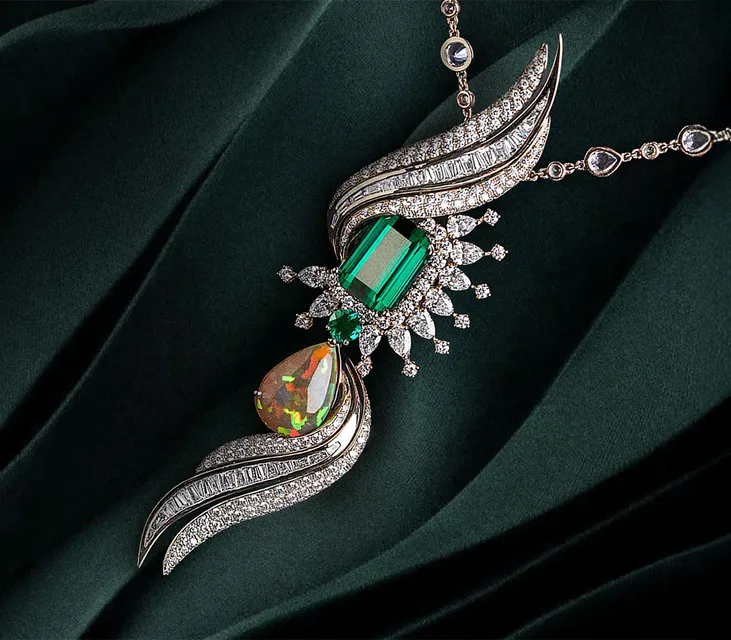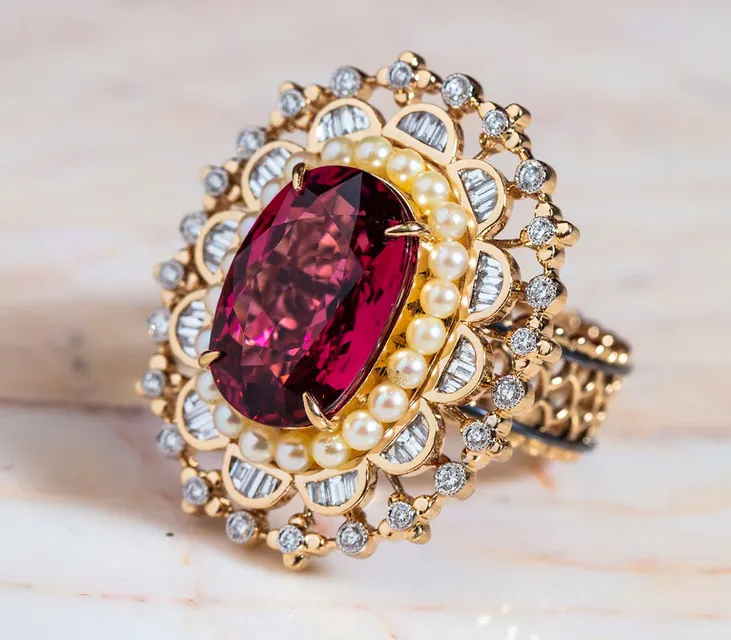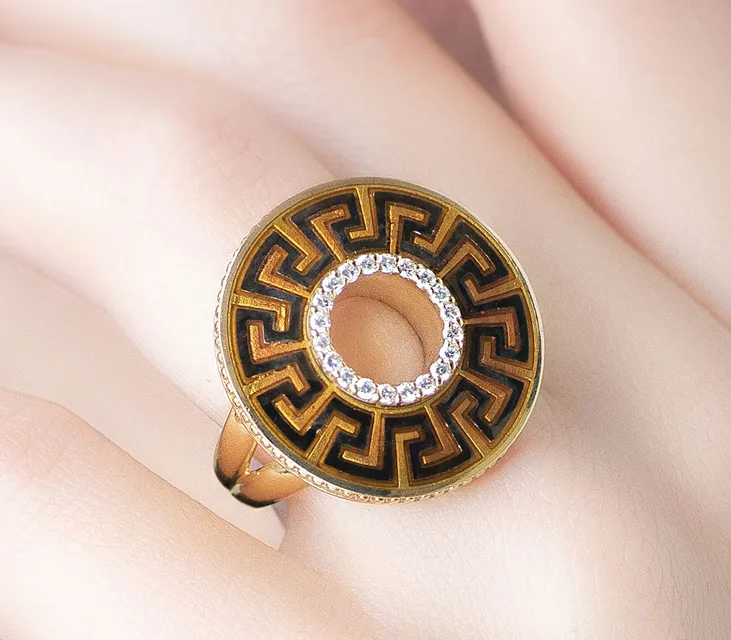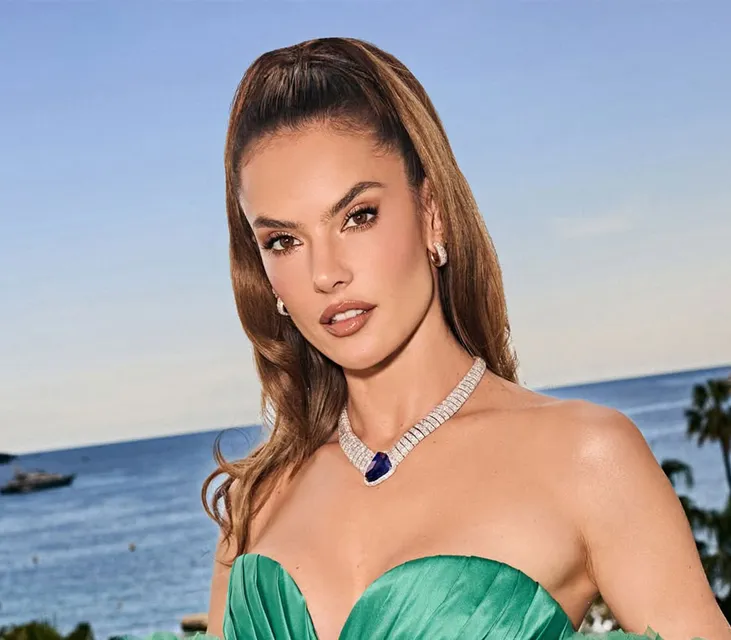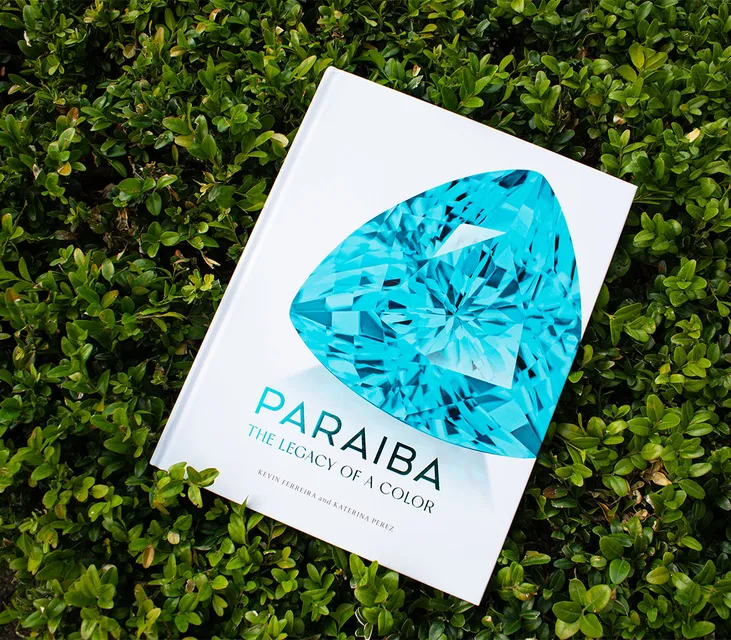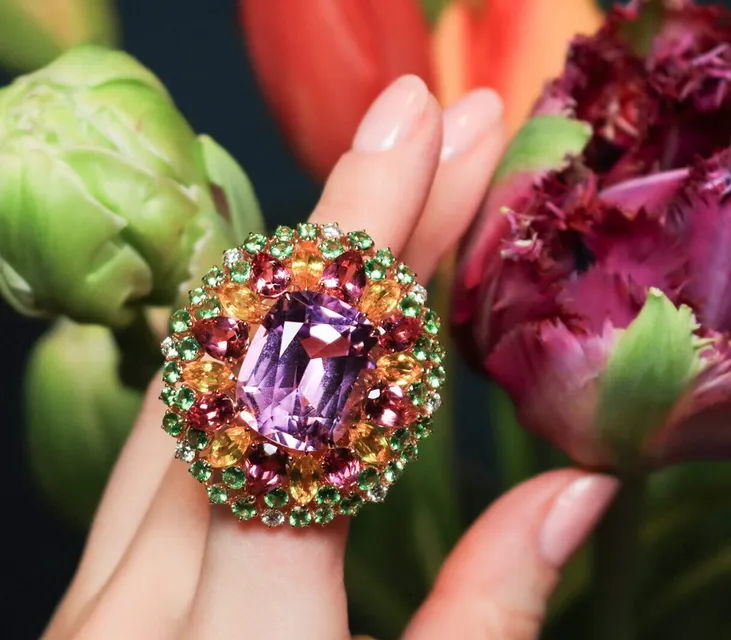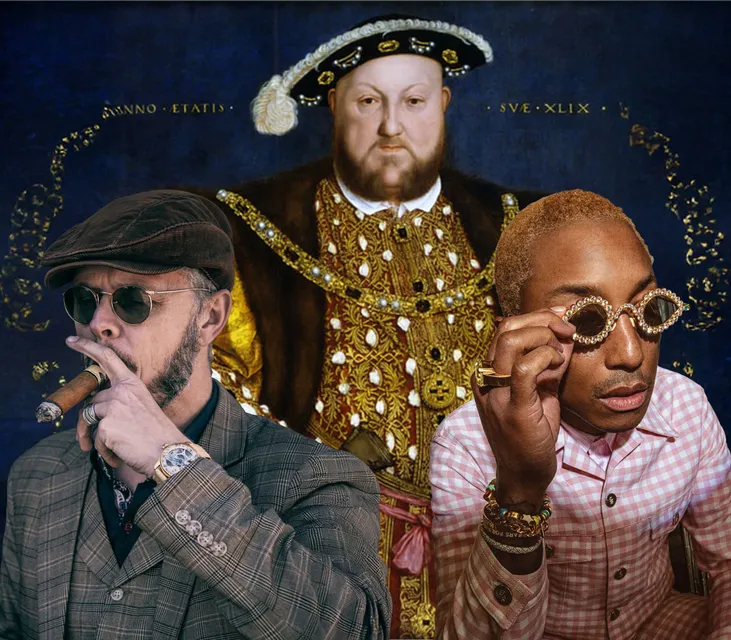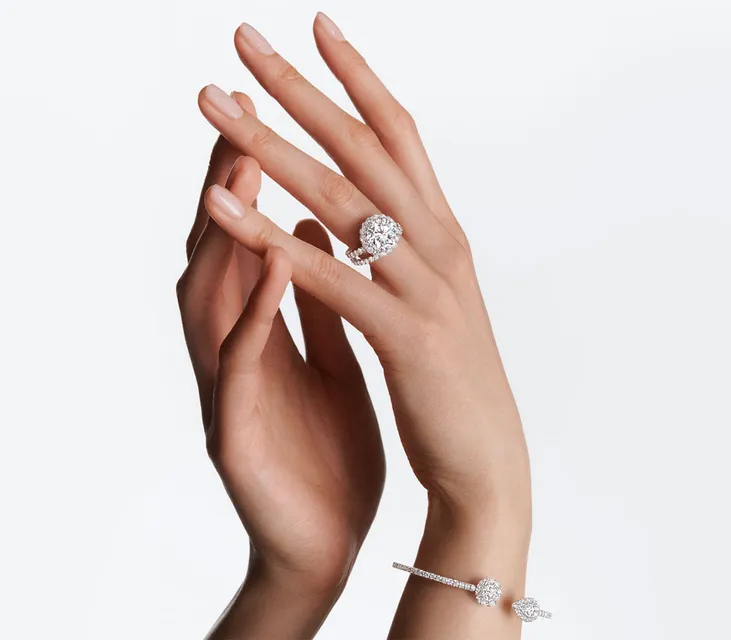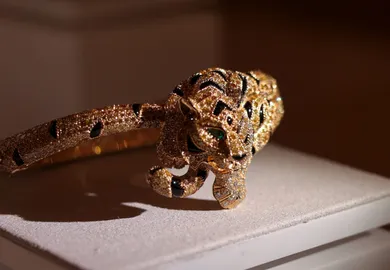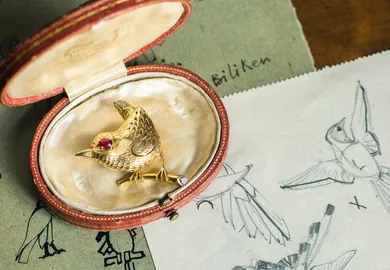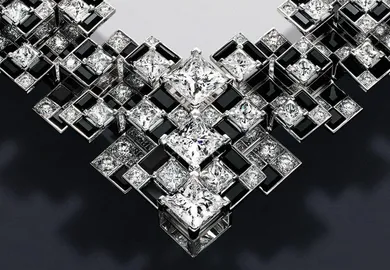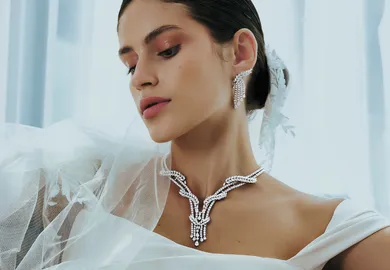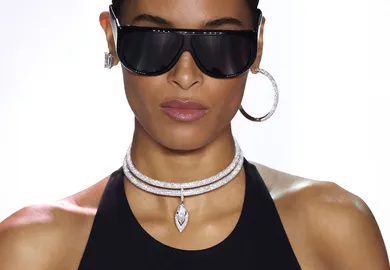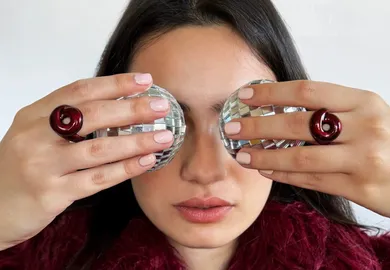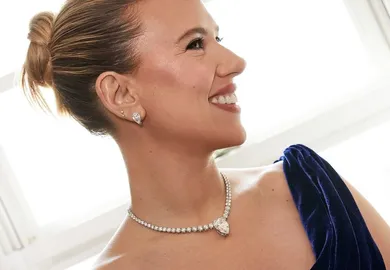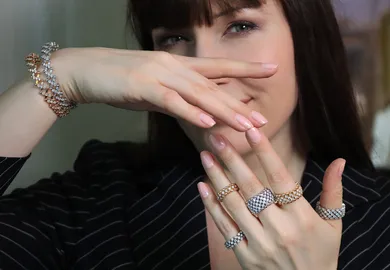

The Сross: a Journey From Religious Symbol to Fashion Accessory
The cross is one of the most iconic symbols in the history of mankind. It has been the universal symbol of the Christian faith for more than two millenia, but it first appeared much earlier than that, with images of crosses discovered in excavations of Stone Age settlements, evidence suggesting it had a sacred significance even then. It is associated with a multitude of rites, myths, legends, rituals and superstitions; and over the course of its rich history it has been consistently used as a form of decoration, become a design feature of houses and places of worship, appeared in the minting of coins and, of course, become a popular motif for jewellery.
But can we really call a crucifix jewellery? In Orthodox cultures it has always been seen as something intimate, something you hide from view; only priests were allowed to wear it on the outside of their clothes. Crosses have always been designed to look elegant, beautiful, occasionally even downright luxurious, with even the most ancient crosses rendered unique through their style and décor. They have different centrepieces (square, rhombus, circular), the cross tips and branches vary from three-bladed points and lily-like patterns to lace motifs. You get crosses variations with anything from three to twelve arms; sometimes the arms loop round into circles, sometimes they have crosshairs at the tips. They come decorated with anything from images of plants to geometric shapes, enamel, gemstones and mother-of-pearl; masterpieces in their own right, hidden away from prying eyes, the hardest temptation being the urge to display them proudly.
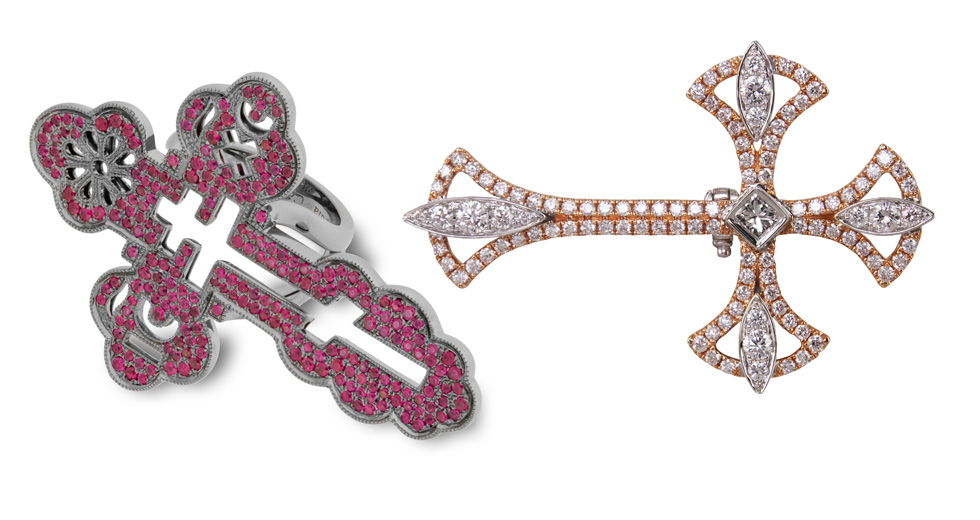
Left: Lydia Courteille cross ring. Right: Plukka diamond ring with a detacheable cross
Left: Lydia Courteille cross ring. Right: Plukka diamond ring with a detachable cross
Over time, fashion created new rules and ushered in the age of the neckline, meaning keeping a cross hidden from view was no longer a possibility, so one would often see them as part of necklaces displayed around the necks of noblewomen. And so the crucifix became perhaps the most commonplace item of jewellery – literally everyone had one. This ubiquity made for huge demand, which led to all kinds of different designers and jewellers taking up the mantle, a far cry from the church canons and symbols.
Thus the ornamental cross was well and truly born. In Catholic countries, the decorative element was still closely intertwined with holiness, with painters adding the motif to their great masterpieces, on brooches, necklaces, even buttons. Nowadays, of course, it appears all over jewellery, on earrings, bracelets and rings. Dolce & Gabbana’s 2013 show for Milan Fashion Week was perhaps the biggest single exhibition of big jewellery crosses to date, and perhaps the clearest evidence of their transformation from a purely religious symbol to something which most people would see as a fashion accessory.
Plenty of big jewellery brands regularly release different versions of cross-themed jewellery: Tiffany&Co, Damiani, Cartier, Theo Fennell, Stephen Webster, Lydia Courteille, Dionea Orcini and the list goes on and on. There is no arguing that the world of jewellery based on religious symbols is truly varied.
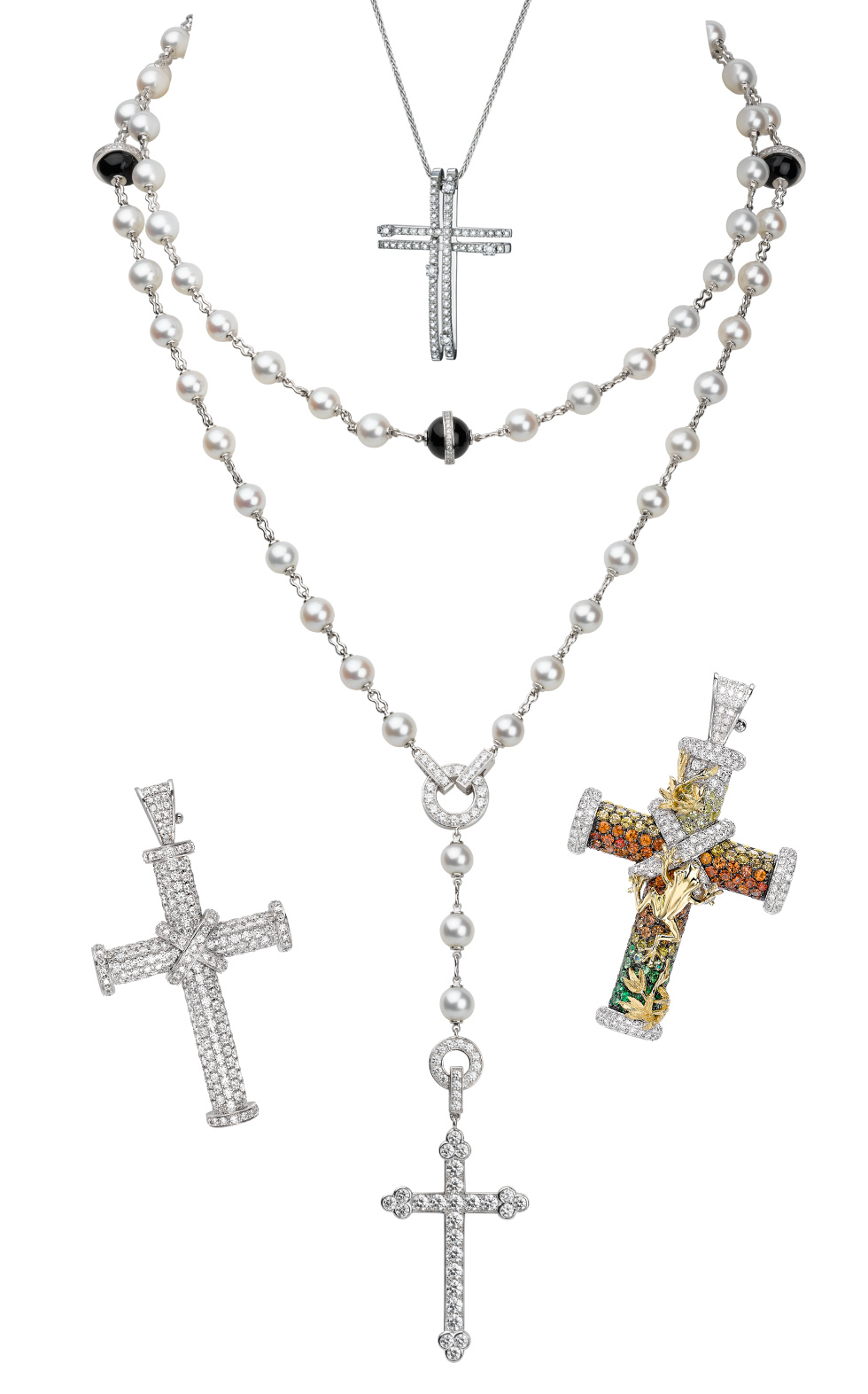
Top: Damiani cross pendant in white gold and diamonds; Cartier necklace with pearls in white gold and diamonds; Theo Fennell cross pendants
Top: Damiani San Lorenzo cross pendant in white gold and diamonds; Cartier necklace with pearls in white gold and diamonds; Theo Fennell cross pendants

WORDS
Katerina Perez is a jewellery insider, journalist and brand consultant with more than 15 years’ experience in the jewellery sector. Paris-based, Katerina has worked as a freelance journalist and content editor since 2011, writing articles for international publications. To share her jewellery knowledge and expertise, Katerina founded this website and launched her @katerina_perez Instagram in 2013.
Latest Stories
Add articles and images to your favourites. Just

Legacy of Love:The Dreamlike Jewels of Emirati Designer Mariyeh Ghelichkhani
During our meeting in Dubai, we spoke about the importance of family, the sweetness of finding joy through creativity, and the ability to translate dreamy visions and deep feelings into wearable pieces…
Jewels Katerina Perez Loves
Continue Reading

Writing Adventures:Co-Authoring the Book
Paraiba: The Legacy of a Color
Brand Focus: Cartier
Jewellery Insights straight to your inbox



